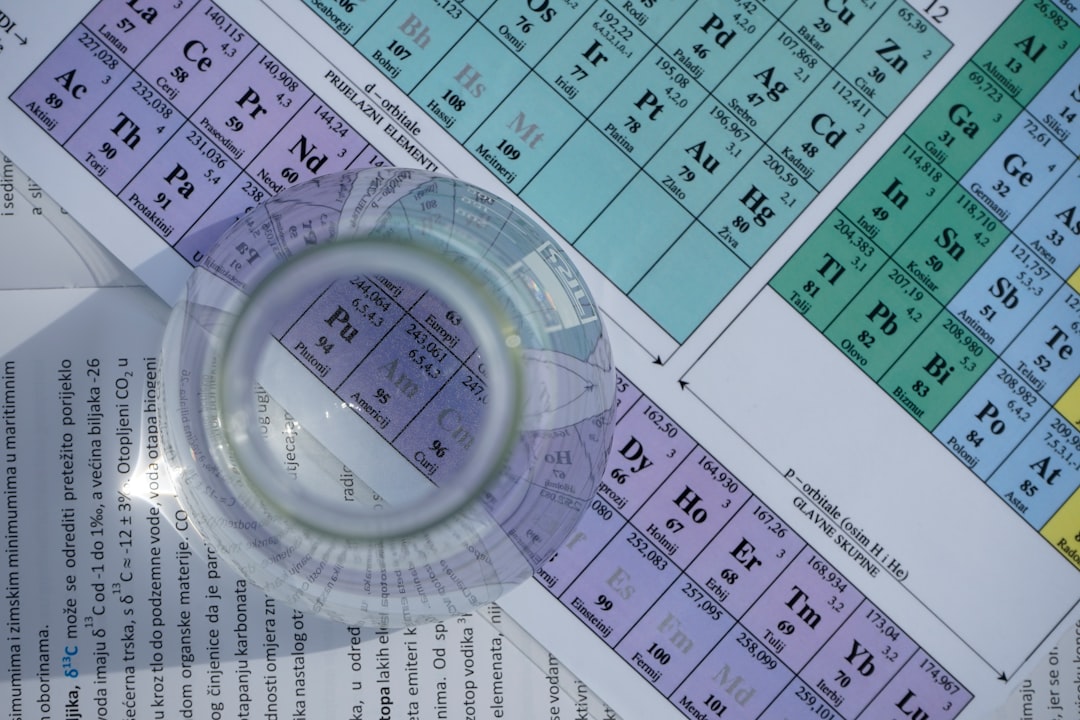What is it about?
Solar panels are a great way to harness the sun's energy. However, to effectively use this energy, you need devices called MPPT converters, which help in getting the most power out of these panels. This paper introduces an advanced design for these converters, which works better with different sizes of batteries. In the past, most designs were limited to working well with only one size of battery. We've made this new converter smarter. Instead of charging just one battery, it can distribute energy among multiple batteries based on their current energy levels (known as the State of Charge or SoC). We've made sure the converter fits well with our new design, and we've used a special microcontroller to help manage everything. We also added features to constantly check on the batteries' health and energy levels. This is done using various sensors and online platforms, which are connected to the internet and a mobile network. If anything unusual happens, our system quickly responds to make sure batteries are charged safely and efficiently. In simple terms, we've designed a smarter, more flexible system that charges multiple batteries in a safer and more efficient manner, helping them last longer and saving money in the long run.
Featured Image

Photo by Hal Gatewood on Unsplash
Why is it important?
Harnessing solar energy is not new; people have been using solar panels for years. What makes our work stand out is the smart system we've introduced to manage and use this solar energy more efficiently. Think of older systems as phones that can only handle one app at a time. Our system is like the latest smartphone, capable of running multiple apps simultaneously, adjusting to each one's needs. Traditionally, energy management devices were designed to work optimally with just one size of battery. This is like having a charger that only works best for a specific phone model. Our design is different and unique because it can smartly distribute the sun's energy among various batteries, regardless of their size. It's akin to having a universal charger that adjusts its charging speed based on the device it's connected to. For starters, using solar energy more efficiently means we can store and use more of what we collect. By ensuring each battery is charged optimally, we prolong its life, meaning fewer replacements and reduced waste. Our system also continuously monitors the health and energy levels of these batteries. Just as your phone notifies you when an app isn't working correctly, our system flags any battery irregularities. This proactive approach ensures everything runs smoothly, increasing safety and reducing potential costs.
Perspectives
Solar energy has long been hailed as a beacon for a sustainable future. While we've made strides in capturing the sun's power using solar panels, there's always been a challenge: how do we make the most of this energy? Our latest work offers a groundbreaking solution to this puzzle. In the past, our tools for managing solar energy were quite rigid. Imagine having a charger that's tailor-made for just one type of phone. It works great for that specific model but isn't flexible for others. Our innovative system is a game-changer; it's like a universal charger, smartly adapting its power distribution to multiple battery sizes, ensuring each gets precisely the energy it needs. But why does this matter to you, or to any of us? Efficiently using every ounce of solar energy means we can power more homes, gadgets, and cities. And our system doesn't just charge batteries; it cares for them. By continuously monitoring their health and adjusting the charging process, we extend battery life, reducing waste and saving money. In a world grappling with climate change and resource constraints, maximizing the potential of renewable energy sources is crucial. Our work is a leap in that direction, making solar energy smarter, more adaptable, and ready for the challenges of tomorrow.
Prof Muhammad Usman Tariq
Abu Dhabi University
Read the Original
This page is a summary of: IoT based battery energy monitoring and management for electric vehicles with improved converter efficiency, PLoS ONE, October 2023, PLOS,
DOI: 10.1371/journal.pone.0286573.
You can read the full text:
Resources
Contributors
The following have contributed to this page










